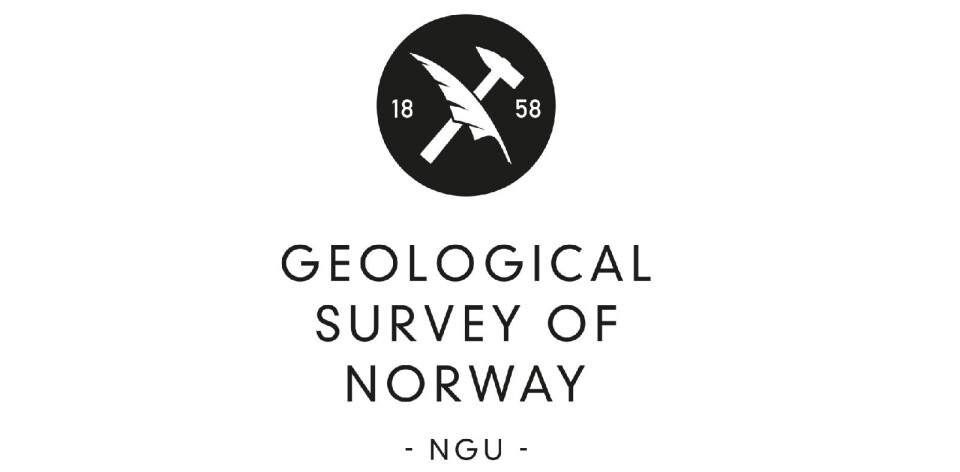THIS CONTENT IS BROUGHT TO YOU BY NGU - GEOLOGICAL SURVEY OF NORWAY – READ MORE
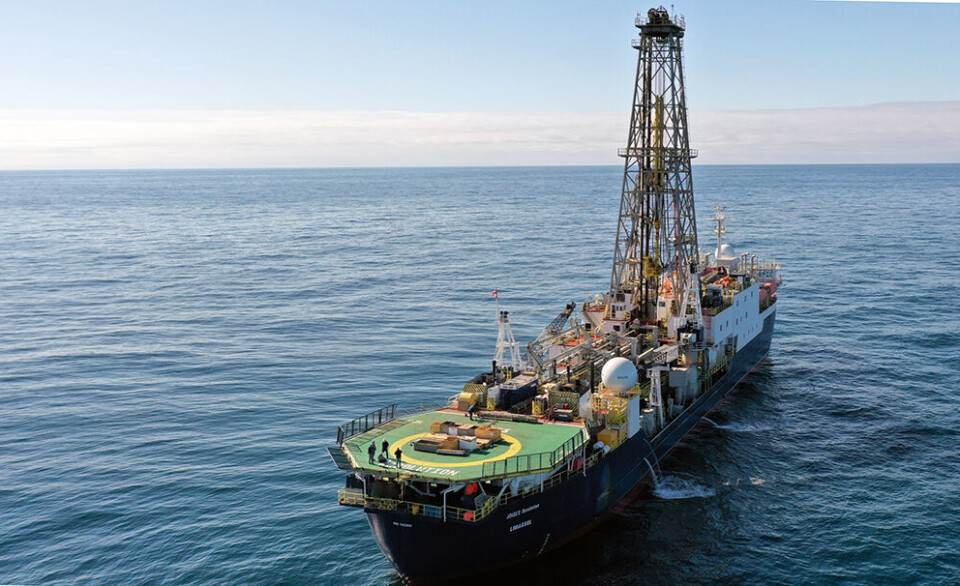
Researchers found Norway's youngest granite in an unexpected place
Researchers have discovered the youngest Norwegian granite to date.
Granite is a very common coarse-grained rock formed from the solidification of magma deep within the Earth's crust. On the mainland, Norwegian granite typically has an age of 300-450 million years or more.
But is there younger granite in Norway? The answer is yes. The granite was drilled up from the seabed off the coast of Møre in Western Norway. The discovery is described as both unexpected and extremely rare.
56 million years
“We have now dated a granite to be as young as 56 million years," says researcher Laurent Gernigon at the Geological Survey of Norway (NGU).
He describes the discovery as exciting. The discovery was made in three boreholes om the Kolga High, about 300 kilometres out in the Norwegian Sea from the island of Smøla on the Møre coast.
Together with a group of international researchers, Gernigon has now presented the results of the work in the scientific journal Terra Nova.
Seafloor spreading
“The discovery of the granite was a total surprise," Gernigon says.
The granite was formed at an extremely shallow crustal level near the transition between the continental crust and the oceanic crust. This happened when North America and Europe began to drift apart due to seafloor spreading around 55 million years ago, the researcher explains.
Seismic surveys before drilling suggested that the researchers would find volcanic rocks over thick sedimentary layers. They could be between 145 to 56 million years old, in the geological epoch from the Cretaceous to the Paleocene.
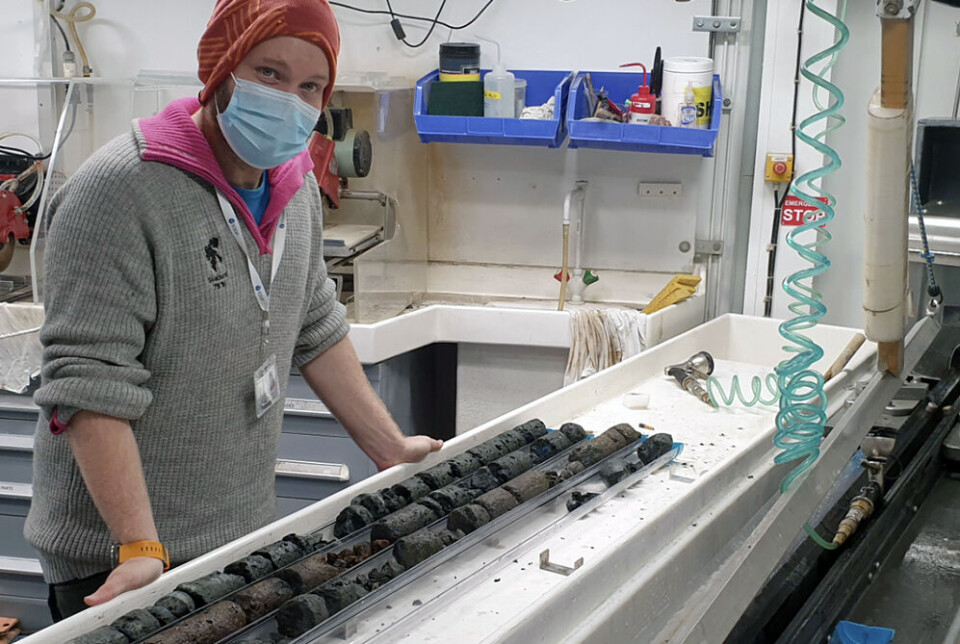
“We expected to find sedimentary rocks beneath and close to the basalt, but instead, we surprisingly discovered this granite," he says.
Granite usually originates from either Caledonian or Precambrian bedrock in Norway.
"For now, we don't know precisely how we could find granite so shallow in the distal basin,” says Gernigon.
NGU has developed solid expertise in characterising bedrock, through large research projects such as COOP and BASE. The former deals with the relationship between land and sea in the North Sea and Central Norway. The latter project has provided new knowledge about the landscape, age, and development of weathered bedrock on and off Norway's coast.
Dating indicates that the granite was formed 56 million years ago. Geophysical data show that there are deposits of low density under the granite.
The researchers therefore conclude that it cannot belong to the older Caledonian rocks found on the islands of Frøya and Smøla.
Extremely rare
In the research article, the researchers discuss the geological development of the mid-Norwegian margin northwest of the Møre coast.
Here they look at what happened after the continents Laurentia (North America) and Baltica (Europe) separated. They focus primarily on the early stages of seafloor spreading.
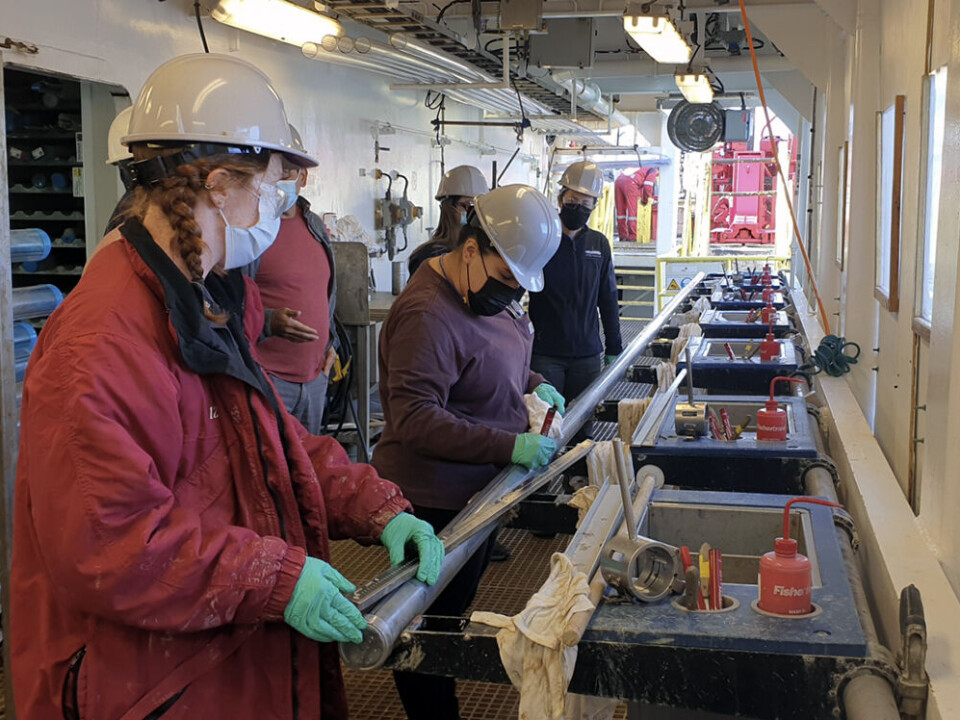
Øystein Nordgulen is a bedrock geologist at NGU and former chairman of the drilling program International Continental Drilling Program (ICDP), which is the land-based version of IODP.
The researcher is very surprised by the discovery:
“It's extremely rare, even on a global scale, to find granitic rocks in such an environment. How does granite form under these conditions? This is a scientifically interesting question that I expect our colleagues will continue to work on. We are looking forward to the answers,” he says.
Transformed over time
Dating indicates that the granite cooled quickly and was alterated and weathered between 54 and 37 million years ago.
This suggests that the granite was near the surface for a long period at the start of the seafloor spreading in the North Atlantic.
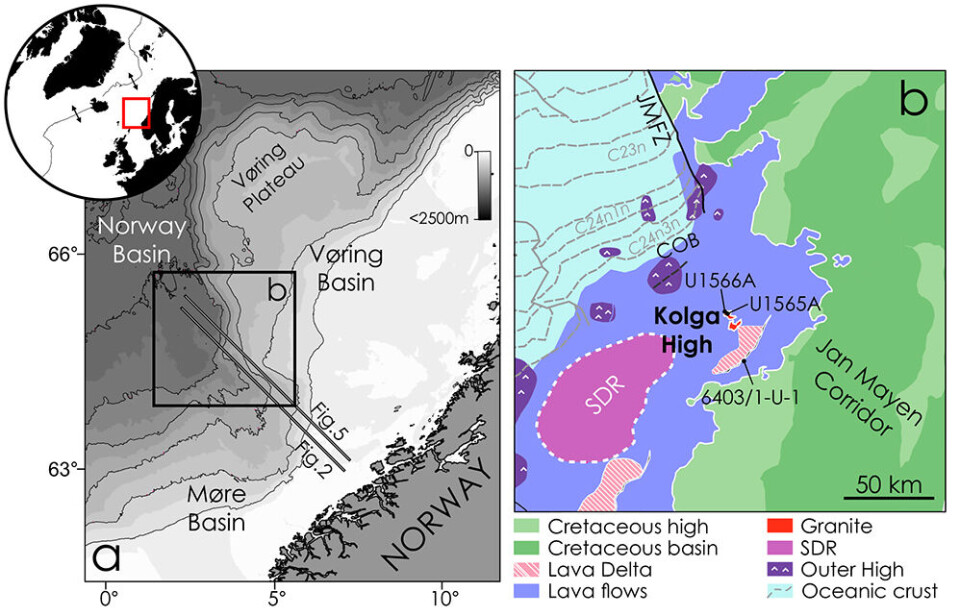
References:
Gernigon et al. 'Understanding volcanic margin evolution through the lens of Norway's youngest granite', Terra Nova, 2024. DOI: 10.1111/ter.12705 (Abstract)
Planke et al. Mid-Norwegian Margin Magmatism and Paleoclimate Implications. Proceedings of the International Ocean Discovery Program, IODP Proceedings, vol. 396, 2023.
———
Read the Norwegian version of this article on forskning.no








